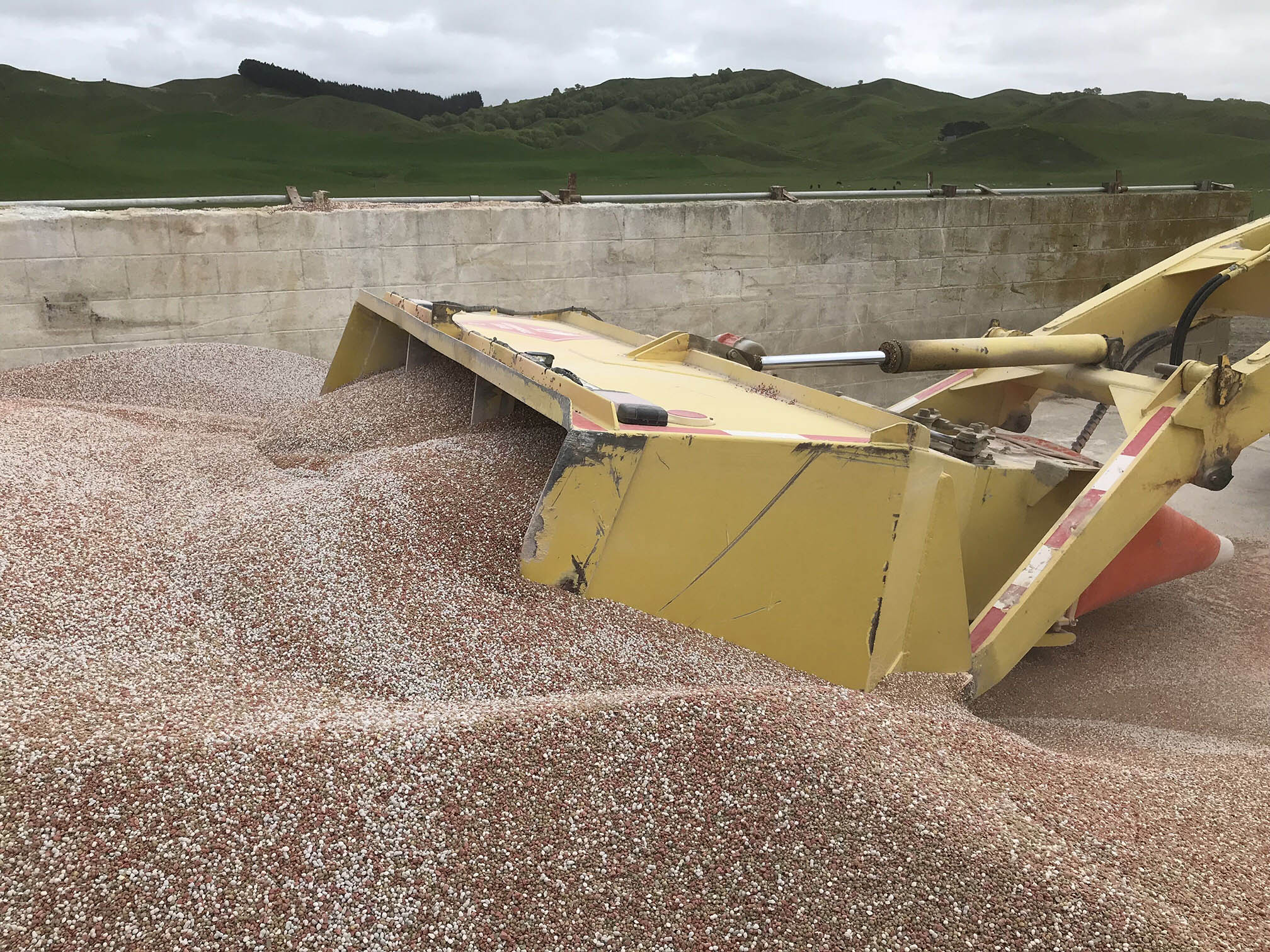Every farm has its own unique soil type, climate conditions and production requirements. This means there is not one form of Phosphate fertiliser or blend of Nutrients that fits all. We have put together the below information with the aim of helping you make a more informed decision when it comes to your next Phosphate application.
For more information please don’t hesitate to give one of our knowledgeable team a call.
DAP
When should you use DAP?
DAP is a high analysis form of Nitrogen and readily available Phosphate. DAP is the most efficient Phosphate source in applications when a Nitrogen response is required as well as Phosphate.
The benefits of using DAP:
- DAP contains Nitrogen in Ammonium form which is less susceptible to volatilisation losses compared to Urea Nitrogen. This results in an increased Nitrogen utilisation and an improved response.
- DAP is a high analysis form of Nitrogen and Phosphate (17% N, 20% P) which means more nutrient per tonne of product. This results in significant reductions in freight and application costs.
- Using DAP as a Nitrogen source can avoid the need for costly follow up Capital applications of Phosphate.
- Blend DAP with Elemental Sulphur and/or Ammonium Sulphate to create a cost-effective NPS blend for your soil type.
- DAP blends well with the majority of other fertilisers, allowing Dickie Direct to create the optimum nutrient blend for your climate, soil type and production requirements.
Triple Superphosphate
When should you use Triple Superphosphate?
Triple Superphosphate is a high analysis form of readily available Phosphate. Triple Superphosphate is the most efficient Phosphate source when Phosphate is the single biggest nutrient requirement.
The benefits of using Triple Superphosphate:
- TSP is high analysis (20% P) which means more nutrient per tonne of product. This results in significant reductions in freight and application costs compared to other more common Phosphate products.
- TSP is low in Cadmium, Fluoride and other harmful heavy metals.
- TSP blends well with the majority of other fertilisers, allowing Dickie Direct to create the optimum nutrient blend for your climate, soil type and production requirements.
DDPhos (Fine Particle Granulated RPR)
When should you use DDPhos?
DDPhos contains Phosphate in a non-water soluble (slow release) form. DDPhos is best suited to soils with both low and high Phosphate retention characteristics as it will reduce the amount of Phosphate that is both leached and locked up in the soil. The result is an improved Phosphate utilisation and plant production.
The benefits of using DDPhos:
- DDPhos is broken down over a 2-3 year period offering a constant release of Phosphate to the soil and plant, resulting in improved plant production over an extended period.
- DDPhos is better for the environment as more Phosphate is utilised by the plant rather than being lost through leaching and runoff.
- DDPhos is pH neutralising, reducing the requirement for liming and making it good for soil health and biology. Soil microbes, which are a vital component of healthy soils are more active in basic soil conditions.
- DDPhos is low in Cadmium, Fluoride and other heavy metals.
- DDPhos can be blended with DAP and/or TSP to achieve the optimum ratio of readily available and controlled releasing P for your soil type and production requirements.
- DDPhos can be blended with most other fertilisers, allowing Dickie Direct to create the optimum nutrient blend for your climate, soil type and production requirements.

